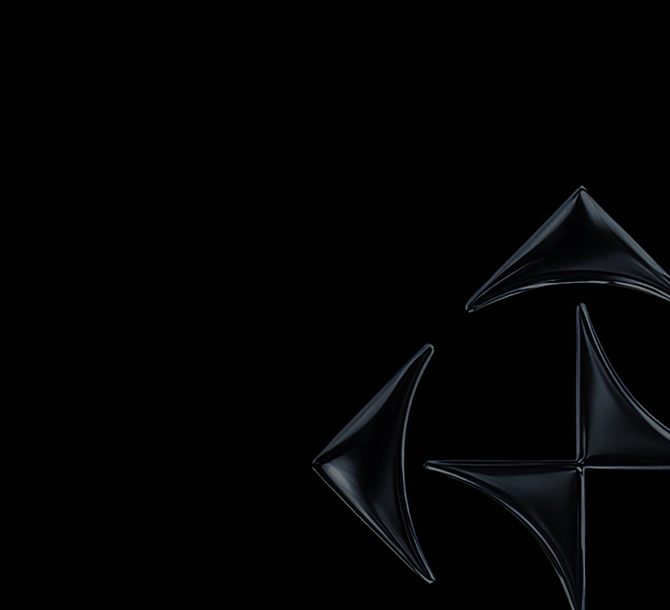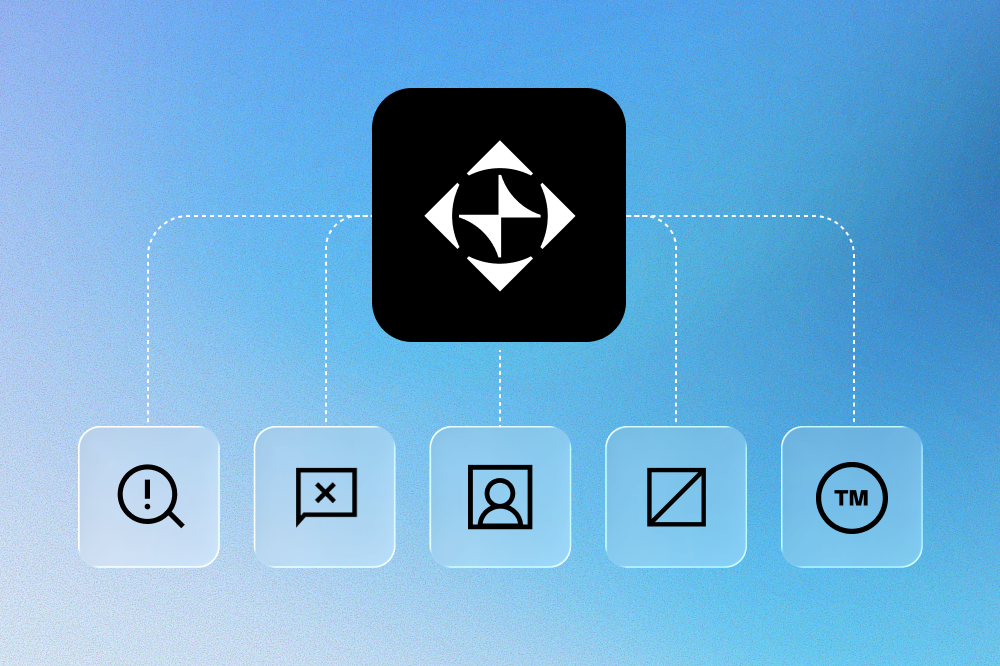TikTok stands as a behemoth of a platform, pulling in a billion users worldwide each month. Yet, amidst the dance challenges, niche hobbies, and comedy skits, the unchecked proliferation of pirated content runs rampant.
Extended, unedited clips from movies and TV shows are finding their way onto the platform with alarming regularity. From cult classics to the latest blockbusters, it seems that no piece of media is immune to being shared on TikTok.
The Proliferation of Pirated Content on TikTok
The ease with which users can access and consume pirated content is very concerning. Users are shown scenes ripped straight from movies and TV shows, the vast majority doing so without the consent or authorization of the content's rightful owners.
So, why the surge in pirated content on TikTok? The most immediate answer lies in the platform's unparalleled accessibility and reach.
TikTok boasts an astonishing 1 billion monthly active users. This staggering figure represents a significant portion of the global internet and social media user base. Out of the 4.8 billion internet users worldwide, 20.83% utilize TikTok, making it one of the most accessed platforms globally. Similarly, out of the 4.48 billion active social media users, 22.32% are regular TikTok users.
A study conducted in 2022 found that more than a third of 16- to 19-year-olds have knowingly engaged in digital piracy. This normalization of consuming pirated media among young people exacerbates the challenge of combating piracy on platforms like TikTok, and is further establishing the idea that piracy is acceptable.
TikTok’s own Transparency Report demonstrates the growing infringement of IP and responses from businesses in recent years.

As the graph above shows, overall IP enforcement requests quadrupled from the second half of 2021 to the first half of 2023, with copyright being the overwhelming majority of IP infringed.
Despite TikTok’s willingness to cooperate with companies for their brand protection efforts, the growing user base and lack of impactful changes to content moderation mean that brands themselves are still in a position where they need to ensure their own IP isn’t being infringed at all times.
The Impact of TikTok’s Media Piracy
The rampant piracy on TikTok poses a significant threat to the IP rights of many businesses. Producers of TV shows, anime, films, and other media need to be aware of the damage stolen copyrighted content can cause to their business.
Revenue Lost to Social Media Piracy
Of course, the primary harm of media piracy for brands is missing out on revenue for the use of the copyrighted media. TikTok is no exception. With a billion active users, spending 1.5 hours per day on TikTok on average, that is a lot of media consumption being lost by the companies who own the rights to that media.
Currently, paid media subscriptions are strong, with Americans in particular spending $46 a month on subscriptions on average.
However, this contentment with paying for media may be on thin ice. A Forbes report on streaming services shows that 45% of Americans have cut down on at least one subscription over the past year, and a further 90% may cancel more if prices go up or rules against password-sharing are tightened.
In contrast, cinema attendance in the US has been trending downward. Ticket sales peaked in 2002 with 1.58 billion sales, and then declined gradually to 1.23 billion sales in 2019. The coronavirus pandemic saw an inevitably huge crash, but by 2023 ticket sales had only bounced back to 825 million, a little over half the number from 20 years ago.
So, this begs the question, is watching freely accessible media at home on your phone a proper replacement for the “full” media experience of a cinema or a streaming service?
Adopting TikTok as a Legitimate Platform
Some brands have indeed adopted a strategy of leaning more into social media as a legitimate platform for their media.
Last year, Paramount released Mean Girls on TikTok for free. The 2004 comedy was broken down into 23 parts and uploaded to Paramount’s account. In a similar move, NBCUniversal published the first three episodes of their new TV show Killing It on TikTok as well as on YouTube.
Using TikTok as a promotional platform like this is likely in the hopes that the snippets encourage users to transition to the paid platform for a better viewing experience. But, this is still in an experimental phase and hasn’t been proven successful yet.
While many comments on these videos do ask for the name of the media, there’s no evidence that these people are seeking it out on a paid media platform. And for each person showing interest in watching more of the movie, there are also countless others asking to “spoil me”.
Any hopes that TikTok itself may be a profitable third-party platform for streaming media is also unlikely. The payouts for views on TikTok are famously low, so media companies can expect less than pennies on the dollar in return for their media. Just look at Universal pulling their catalog from TikTok earlier in 2024 as an example of dissatisfaction with TikTok’s payment for media.
Worsened Media Experience
Despite the comfort and ease of having a clip appear on the user’s phone while scrolling TikTok, the actual experience of the media is categorically worse.
Unlike the immersive environment of a theater or the high-definition clarity of a TV screen, viewing content on TikTok's vertical mobile interface can be disjointed and unsatisfying.
The presence of UI buttons, text overlays, and other distractions detract from the artwork's intended impact, diminishing its value in the eyes of consumers.
As a result, the copyright owners' IP is undervalued. This has a direct negative effect on the actual experience of the media, as copyright owners will know the importance of having their media presented in its proper form. When this isn’t the case, there’s a significant risk that viewers will be much less unlikely to watch sequels or other episodes or become long-term fans of the media moving forward.
What Can Brands Do About TikTok Piracy?
First off, brands will be pleased to hear that there is a level of respect from TikTok's side towards protecting intellectual property on the platform. TikTok blocked Z-Library, one of the largest piracy portals on the Internet back in 2022. The site provided access to millions of pirated books and articles and was described as "killing" authors' ability to earn revenue from their work.
TikTok also has a proven track record of cooperating with brands’ requests for taking down content that infringes their IP. Their Transparency Report demonstrates the growing number of IP enforcement requests they receive.
As always, the responsibility falls on the brands themselves. Protecting copyrighted media requires businesses to find every online space where piracy is taking place, and to take the necessary steps to have it removed. When piracy reaches a level that makes it impossible to protect copyright manually, then it’s time to find an AI-powered solution.
Stay up to date on the latest IP Protection content from MarqVision.
4 Enforcements a Week to 400: Scale Brand Safety with Marq AI

Don’t Just Find Counterfeits. Dismantle the Entire Network.

.png)
Discover the latest trends and challenges in IP protection

Take Control of Your Trademarks with MARQ Folio

Renew and Manage Your Trademarks Easily With MARQ Folio

We’re waiting to hear from you

See the best brand protection solution in action

Don’t let piracy steal your growth

Talk to us about your brand protection problems








.png)







